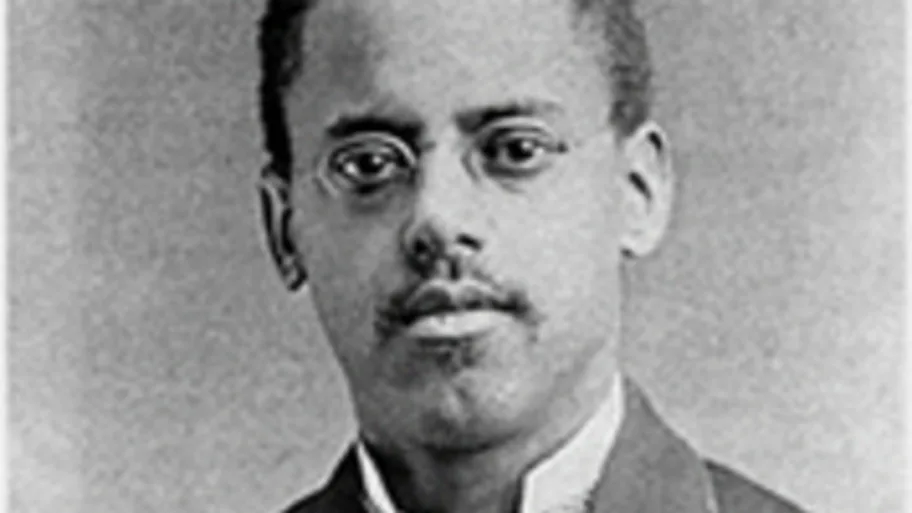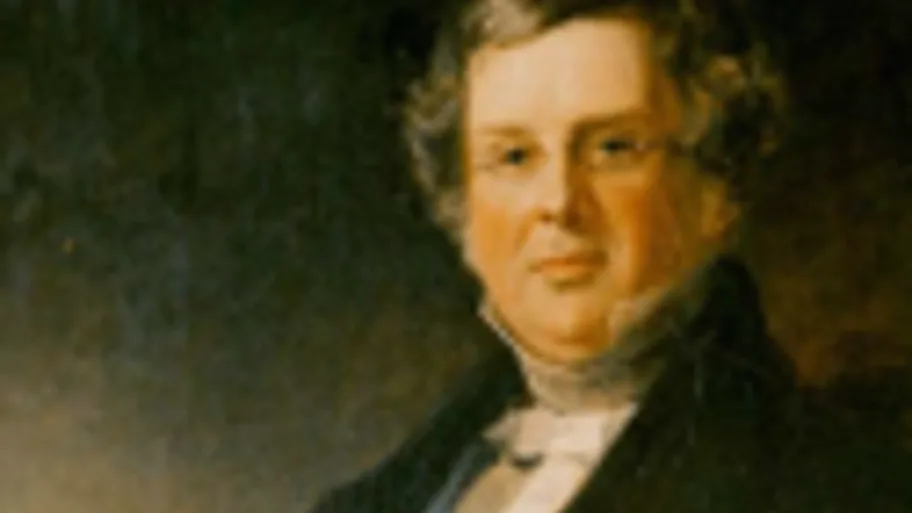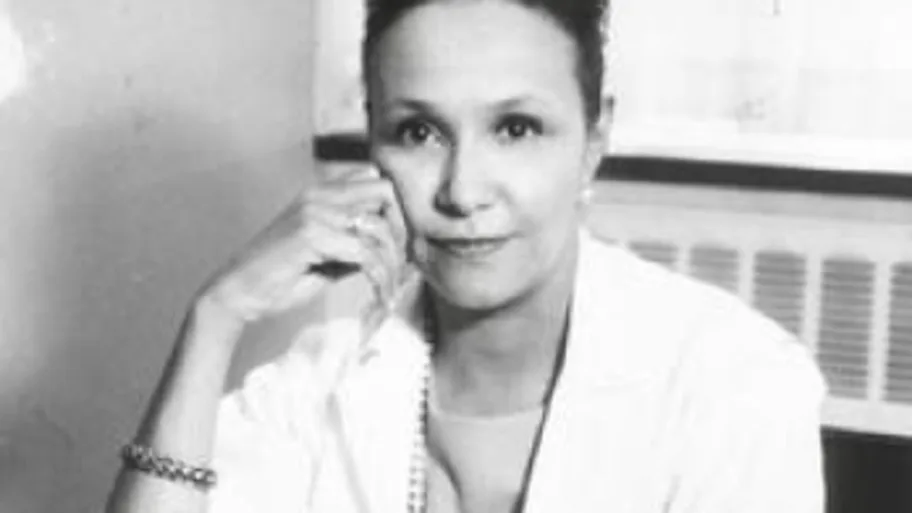
- Science news
- Young Minds
- Hertha Ayrton Lights the Way – The Forgotten Engineer
Hertha Ayrton Lights the Way – The Forgotten Engineer

Hertha Aryton circa 1926.
As a woman and the child of a poor Jewish immigrant to the UK, Hertha Ayrton, could not have expected much out of life. Though not widely remembered today, by the end of her 69 years she held 26 patents in a variety of fields, including several in the then-emerging technology of electric lighting. Therefore, it is time for FYM to shine the spotlight (pardon the expression) on this forgotten pioneering engineer!
By Michael Geselowitz, Senior Director, IEEE History Center & IEEE REACH Program
Early Life
Phoebe Sarah Marks was born in Portsea, Hampshire, England, on 28 April 1854, the daughter of a Jewish watchmaker from Poland and a local woman. Her father died when she was just seven and the family was poor, but her maternal aunts took her to London and educated her at a school that they operated. Initially, upon graduation at sixteen she took a job as a governess, common for women of the lower middle classes who managed to get an education. However, she continued to study and was able to take honors in English and Mathematics.
The late nineteenth century was a time of political foment for educated women in Britain. The young, bright Phoebe soon fell in with Suffragist circles. They recognized her genius, took her under their wings, and nicknamed her “Hertha” after the heroine of a popular feminist novel of the time. When her older colleagues organized the first university college for women, Girton College at Cambridge, they arranged for her to attend in mathematics beginning in 1881. While there, she patented her first invention, a device for dividing lines into equal parts.
Her First Invention

Cover page of US Patent 310,450 ‘Draftsman’s Dividing Instrument’, filed on 3 May 1884 and granted on 6 January 1885.
In the old days, people wishing to scale up or down, had to use complicated mechanical measuring devices. Ayrton’s simple but original design allowed a line to be easily subdivided into any number of equal parts which made scaling easier for artists but also solved a number of other problems for engineers and architects. When she patented the device in France as well (different countries have different patent laws, requiring inventors to apply for multiple patents for the same invention), a reviewer in a French scientific journal wrote, “It has often been asserted that women are only capable of assimilation and not of invention; the apparatus we have just described is a mathematical proof to the contrary.”
“It has often been asserted that women are only capable of assimilation and not of invention; the apparatus we have just described is a mathematical proof to the contrary.”
Her mechanical pursuits led to an interest in the emerging field of electrical engineering, and she attended evening classes in electricity given by William Edward Ayrton, a Fellow of the Royal Society. She married Ayrton, a widower, in 1885, and became stepmother to his young daughter; they had a daughter together in 1886. Will and Hertha began collaborating on electrical research.
A Recognized Electrical Engineer
Hertha soon developed a theory relating the length of an electric arc to current and voltage, which became important in the development of electric lighting and published many articles and a book on the subject. The UK’s Institute of Electrical Engineers (IEE, now known as IET) invited her to read a paper in 1899, their first such invitation to a woman. She and her husband continued to work together on improving arcs for the Royal Navy’s searchlights. After Will died in 1908 she also carried out research on air and water flow, which led to the invention of anti-gas fan, used by UK forces in World War I against German mustard gas attacks.
At this same time after her husband’s death, with her daughters coming of age, she also intensified her feminist activities, both for women’s suffrage in the UK and for women in science globally. When the British press suggested that the work of her friend Marie Curie was actually that of her husband, Hertha mounted a spirited defense. She pointed out that “errors are notoriously hard to kill, but an error that ascribes to a man what was actually the work of a woman has more lives than a cat” (unfortunately, a situation that has not diminished in the past 100 plus years). Hertha Ayrton died on 26 August 1923, leaving behind 26 UK patents (13 in electrical engineering) and a rich legacy of scientific, technological, and political achievement.
“errors are notoriously hard to kill, but an error that ascribes to a man what was actually the work of a woman has more lives than a cat”
Of course, Hertha Ayrton’s great advances in science and engineering of electricity come at a cost, because humans have been using fossil fuels to generate most of that electricity for the past 100 years since her death, and that has led to dangerous global warming.






